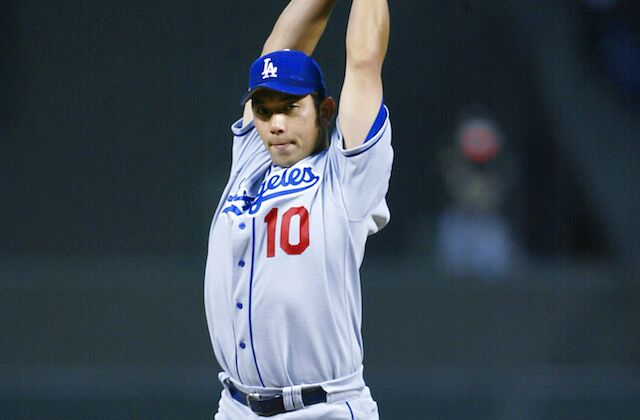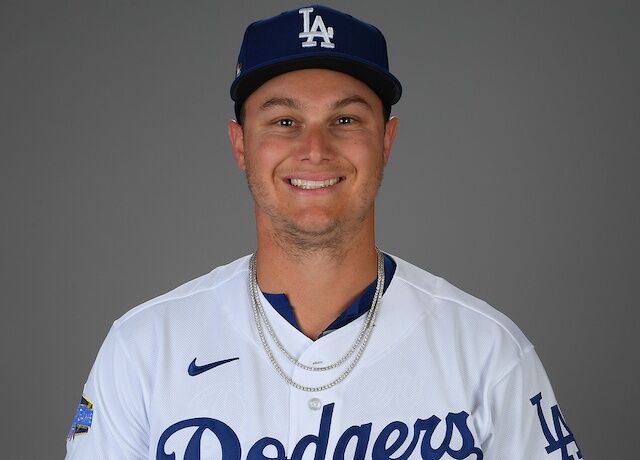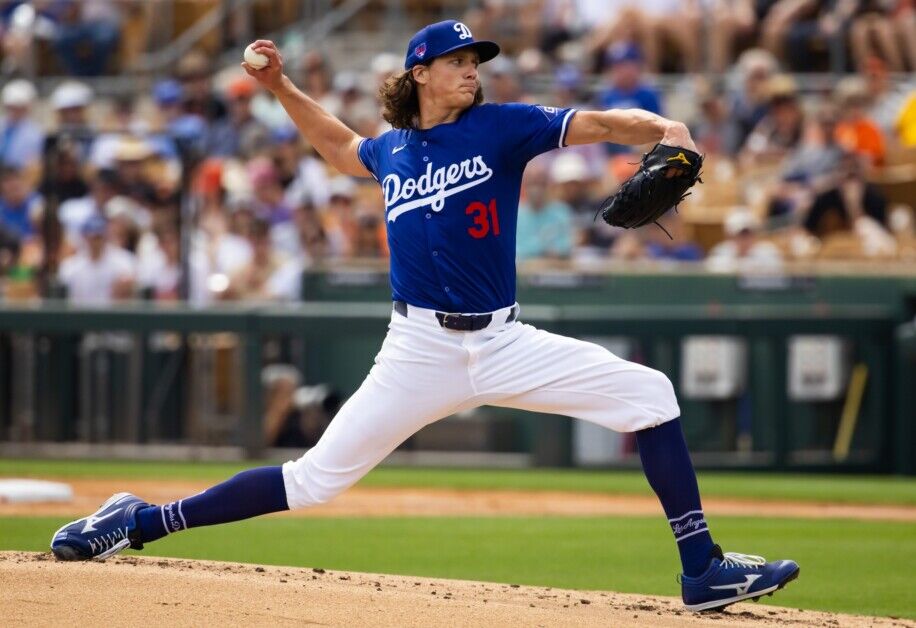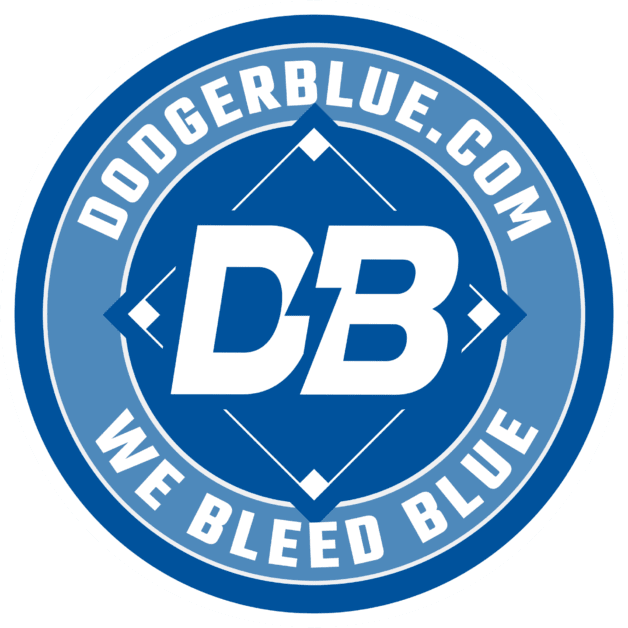The Los Angeles Dodgers have had a long and storied history, filled with memorable moments that will forever be etched in baseball lore. From Hideo Nomo’s miraculous no-hitter to Sandy Koufax’s dominant Game Seven gem and Rick Monday’s National League Championship Series heroics to Kirk Gibson’s unforgettable walk-off home run, the Dodgers have provided fans with countless moments of joy and triumph over the years.
Compiled by the NonGamStopBets platform, this article will look at five of the greatest games in Dodger’s history, each a testament to the team’s grit, determination, and unwavering spirit in the face of adversity. These games represent the best of what the Dodgers offer and will forever be remembered as some of the greatest moments in baseball history.
Hideo Nomo’s Mile High Miracle
In 1995, Hideo Nomo made history as the Dodgers’ second international sensation, following in the footsteps of Fernando Valenzuela. Nomo’s arrival on the scene broke the Trans-Pacific barrier and proved that baseball players from Asia could play and succeed in America. His unique tornadic windup with a pause in the middle brought much positive attention to the game, which was badly needed after the crippling 1994-95 players’ strike.
Nomo’s greatest moment on the mound came a year later at Denver’s Coors Field, known for its thin, mile-high air that made the ball come alive and often led to double-digit scores by both teams. The Dodgers allowed ten or more runs in four games on their previous trip to Coors. Nomo had struggled at Coors in his last career starts, allowing 16 runs in just 9.2 innings for an 11.17 ERA. Despite this, Nomo managed to settle down after a few early walks and retired the final 12 batters he faced, striking out Ellis Burks to complete one of the most unlikely no-hitters ever thrown.
Throughout the game, the sellout crowd of 50,000 was on the edge of their seats, waiting for an offensive explosion from the Rockies that never came. Meanwhile, the Dodgers’ offense managed to amass nine runs on 14 hits off starter Bill Swift and three relievers. Nomo’s performance was nothing short of remarkable, and it solidified his place in Dodgers history as one of their greatest pitchers. Nomo’s success also inspired future generations of Asian baseball players, showing they could succeed in the American game.
Monday in Montreal
Rick Monday was a beloved player in Los Angeles even before he joined the Dodgers. In 1976, while playing for the Cubs, he saved an American flag from being set on fire by protesters in the outfield during a game at Dodger Stadium. This act endeared him to Dodger fans, and he became even more of a hero five years later.
In Game Five of the NLCS against the Montreal Expos, Monday made only his second start of the series but played a pivotal role in securing the NL pennant for the Dodgers. With the Dodgers trailing 1-0 in the fifth inning, Monday led off with a single, advanced to third on a wild pitch, and then scored on a ground ball hit by Dodgers pitcher Fernando Valenzuela. The game remained tied until the top of the ninth inning when Monday hit a dramatic home run, giving the Dodgers a 2-1 lead and sending the team to the World Series.
The bottom of the ninth inning was tense, as Valenzuela walked the first two Expos batters, but fellow rotation member Bob Welch came in for only his second relief appearance of the year and earned the save. The Dodgers won the game 2-1 and clinched the NL pennant, with Monday’s heroics playing a significant role in their victory. His actions on and off the field cemented his status as a fan favorite and a Dodgers legend.
Koufax Game Seven Gem
In the 1965 World Series, Sandy Koufax chose to observe Yom Kippur, the holiest day of the Jewish year and missed Game One. But the Dodgers were determined to give their star pitcher as many opportunities to take the mound as possible. Koufax started Game Two, but the Dodgers lost despite his solid performance. He threw a shutout in Game Five on only three days of rest and was given the ball again for Game Seven on just two days, with an exhausting 350 innings pitched that season.
Despite signs of exhaustion early in the game, Koufax rose to the occasion and delivered the greatest performance of his career. The Dodgers scored two runs in the fourth inning off Minnesota starter Jim Kaat, with Lou Johnson hitting a leadoff home run. Koufax allowed only one hit after the fifth inning, retiring 12 straight batters before giving up a single to Harmon Killebrew in the ninth inning.
Koufax struck out the final two batters to complete the shutout, giving him ten strikeouts. This was his second shutout in four days and his fourth World Series ring with the Dodgers, solidifying his status as one of the greatest pitchers of all time. Despite the physical he faced during the series, Koufax delivered when it mattered most and led the Dodgers to victory.
Hershiser Eclipses Drysdale
During the 1988 season, Orel Hershiser was in top form, throwing eight complete games, the last five of which were shutouts. He was on the verge of breaking the major league record for consecutive scoreless innings, set by former Dodger Don Drysdale 20 years earlier. However, it was assumed that Hershiser would fall two outs short of the record even if he threw one more shutout in his last start of the season.
In a stroke of luck, Hershiser’s last start ended in a 0-0 tie, sending the game into extra innings. He continued to dominate on the mound, never allowing a rally and holding the San Diego Padres to just three hits through nine innings. Hershiser broke the record in the 10th inning, with the game still tied.
Despite a wild pitch that allowed the leadoff batter to reach first, Hershiser struck out the first batter in the 10th inning and eventually induced a fly out to the right field by Keith Moreland to clinch the record. Although the Padres went on to win the game 2-1 in 16 innings, Hershiser emerged as the real victor, setting a record with 59 consecutive scoreless innings.
Kirk Gibson’s Walk-Off Home Run
In the 1988 World Series, the Los Angeles Dodgers were considered underdogs against the mighty Oakland A’s. The Dodgers were further handicapped by the absence of their star hitter Kirk Gibson, who had a torn hamstring and a sprained knee, and their ace pitcher Orel Hershiser, who could not start Game One due to his recent shutout performance in the NLCS.
The A’s dominated Game One, with Jose Canseco hitting a grand slam and Oakland’s ace pitcher, Dave Stewart, throwing eight solid innings. In the ninth inning, A’s closer Dennis Eckersley easily retired the first two Dodger batters. Mike Davis came up to bat, and although he was walked by Eckersley, the A’s pitcher was not worried, as the next batter was light-hitting Dave Anderson.
However, Gibson replaced Anderson, who had received medical attention throughout the game and had taken only a few swings in the batting cage. Gibson was visibly in pain and struggled to stay on his feet, but he managed to draw the count full and fouled off four pitches before connecting with Eckersley’s pitch, hitting a deep home run into the right-field bleachers. The Dodger Stadium erupted into cheers as Gibson hobbled around the bases on his injured legs, giving the Dodgers a 5-4 win.
Gibson’s home run proved to be a turning point in the series. The A’s could not recover from the shock of losing Game One in such a dramatic fashion, while the mentally energized Dodgers went on to win the next four games and clinch the World Series in five games. Despite his injuries, Gibson’s heroic performance in Game One cemented his place in baseball history and remained one of the greatest moments in World Series history.










